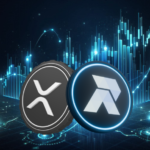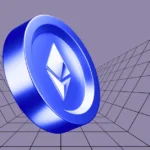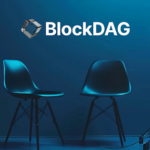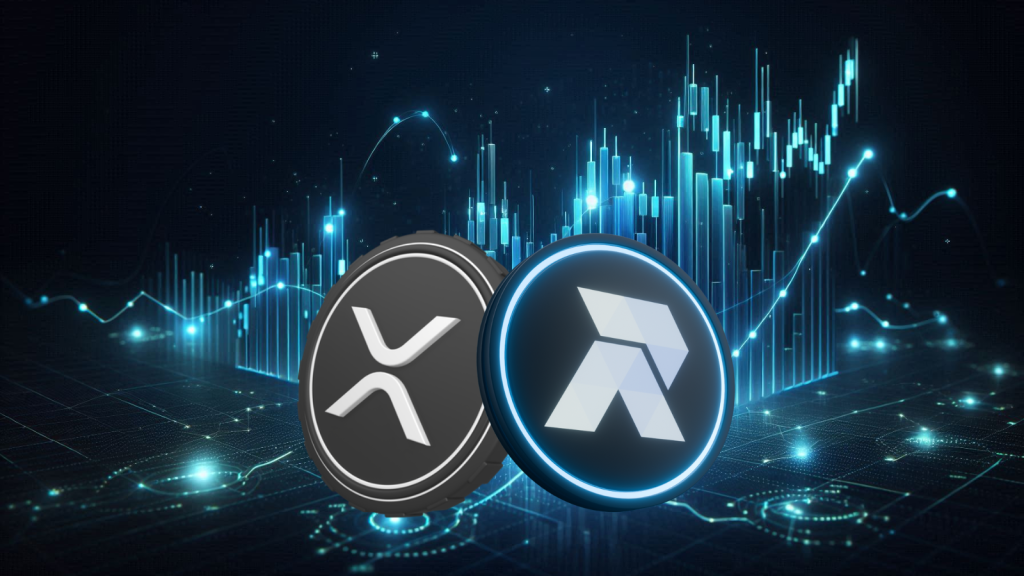- Why dApps Haven’t Reached the Mainstream
Blockchain technology has long promised to revolutionize our digital interactions, yet widespread adoption remains slow. Other than the battle for regulatory clarity necessary for institutional capital to flow into DeFi and other utility sectors, there are three key fundamentals we believe are currently inadequate for mass adoption:
- Speed
- Cost
- Reliability
Ethereum has the largest DeFi market cap by a significant margin; according to DeFiLlama, over 60% of the total value locked in DeFi is on Ethereum, even higher if you bundle in its Layer-2 solutions, like Arbitrum and Optimism.
But nobody can reliably use Ethereum at a reasonable cost. Data from Etherscan gives an average of $23.36 per swap as of 11/18/2024, completely unfeasible for the average user. Additionally, Ethereum’s time to settle a transaction (finality) of 12-15 minutes and the very low transaction per second the network can handle (15-30 TPS) is not up to the task of mass adoption.
We’ll give Ethereum its due; it is extremely reliable, and this is a contributing factor in its dominant position within the DeFi space. Everyone wants to build on Ethereum, but relatively few can afford to use what is being built.
You might have heard people say, “Solana has none of the issues facing Ethereum; it’s cheaper and faster!”
And they’d be correct, but only on the speed and cost front.
One of the critical issues facing Solana is reliability. Blockchain outages cause the near-complete shutdown of all on-chain activities. During these outages, many are left helpless, watching themselves get liquidated and unable to do anything about it. To put it simply, fast and cheap is only useful if you aren’t left with your pants down when the network crashes.
All of this is to say the user experience for most dApps is not where it needs to be: useable but nowhere near the standard of Web2. As seen in the case of Ethereum, utility developers want to build on a chain that won’t break, has excellent performance characteristics, and, most importantly, is developer-friendly.
We don’t have to reinvent the wheel. No advancement in computing is required; we’re not talking about a theoretical, futuristic concept that will take decades to realize.
Henry Ford didn’t invent the car, he just figured out how to make them faster and more efficiently than everyone else.
QuantumFusion is to the blockchain industry what Ford was to the auto industry.
But how?
High Transaction Throughput for a Seamless User Experience
QuantumFusion’s infrastructure revolutionizes transaction speed and cost, addressing the limitations of slower blockchains like Ethereum. Powered by the SPIN (Short-term Parallel Incremental Network agreement) consensus protocol, it achieves 0.1-second block finality, enabling real-time transactions without bottlenecks or delays–essential for applications like gaming or high-frequency trading.
Faster, cheaper transactions significantly enhance user experience, reducing frustrating wait times and making blockchain applications practical for everyday use. Scalability is central to QuantumFusion’s design, supporting high-demand, real-time applications without congestion.
With 100-millisecond finality and targeting 10,000+ TPS, QuantumFusion enables a plethora of blockchain applications:
- Real-time social networks with real-time posts and interactions.
- Blockchain gaming with secure, verified assets and actions.
- Financial applications with fast, reliable settlements comparable to centralized exchanges.
- Collaborative tools for seamless decentralized teamwork; on-chain Google Docs.
Unlike networks that struggle under heavy loads, QuantumFusion embraces them by balancing speed, cost, and reliability, enabling a robust ecosystem for developers and users alike.
QuantumFusion sets the stage for blockchain’s mainstream adoption.
QuantumFusion’s Native-First SDK: Simplifying Development for Mass Adoption
For blockchain to achieve mass adoption, developers need tools that are powerful, intuitive, and designed with real-world usability in mind. QuantumFusion’s native-first SDK aims to redefine how dApps are built, focusing on seamless integration and superior performance in both desktop and mobile environments—where users increasingly interact with technology.
Most crypto participants are using their mobiles; as of January 2024, 63% of visitors to Kraken’s website accessed the platform via mobile devices, while just 37% used desktop computers.
To meet market demand, it is essential to cater to mobile users. To do that, the infrastructure must build a development environment with that in mind. QuantumFusion has built its SDK utilizing light clients like Smoldot to provide mobile users with real-time, low-latency experiences.
Unlike many existing platforms that prioritize web-first development, QuantumFusion’s SDK delivers a native-first approach, enabling dApps to feel as intuitive and responsive as traditional Web2 applications.
Additionally, through Smoldot, QuantumFusion’s SDK supports WebAssembly, enabling developers to work in their preferred programming languages–this acts as a talent multiplier; the pool of potential developers is huge. Empowering the creation of complex, scalable applications from DeFi platforms to real-time gaming is half the battle; attracting the creators is key.
The goal of the SDK is to create a future-proof environment where developers can create dApps for the end-user without being forced to optimize for desktop in a world where everyone is using mobile. Bridging the gap between user-friendly tools and blockchain innovation ensures developers can focus on building dApps that not only perform but also captivate.
QuantumFusion’s SDK is more than a toolkit—it’s the key to unlocking the QuantumFusion blockchain’s potential, paving the way for mainstream adoption with simplicity, efficiency, and accessibility at its core.
Join the QuantumFusion Revolution
Web3 has immense potential, but the issues of speed, cost, and reliability are barriers to a smooth user experience. No one will use infrastructure that only works sometimes, and even when it does, it costs a small fortune and an unreasonable length of time to do anything worthwhile.
If the Web3 experience isn’t at least on the same level as Web2, then how are we going to attract mainstream attention?
QuantumFusion is breaking through these limits with an ecosystem designed from the ground up to deliver what users and developers have long been waiting for: seamless, scalable, and accessible blockchain solutions.
That’s it; that’s the goal.
Through their SDK, QuantumFusion equips developers to create dApps that feel as intuitive as the best Web2 applications. Whether for mobile or desktop, this toolkit empowers innovation with real-world usability and future-ready performance. Paired with 0.1-second block finality, QuantumFusion makes real-time, cost-effective transactions a reality.
This is more than just incremental improvement; it’s a reimagining of what blockchain can achieve with a roadmap of how we can get there. QuantumFusion’s infrastructure unlocks opportunities that have only been half-realized so far. It isn’t just solving old problems—it’s setting a new standard for what blockchain technology should deliver.
Explore QuantumFusion, follow their progress, and help us build a decentralized future for everyone.
Website: https://qfnetwork.xyz
X: @QuantumFusion_








